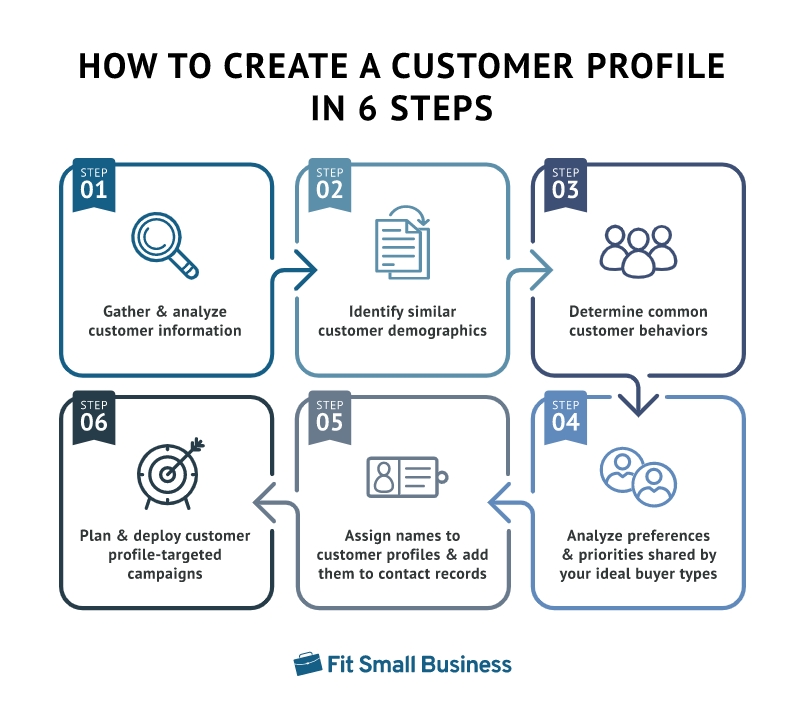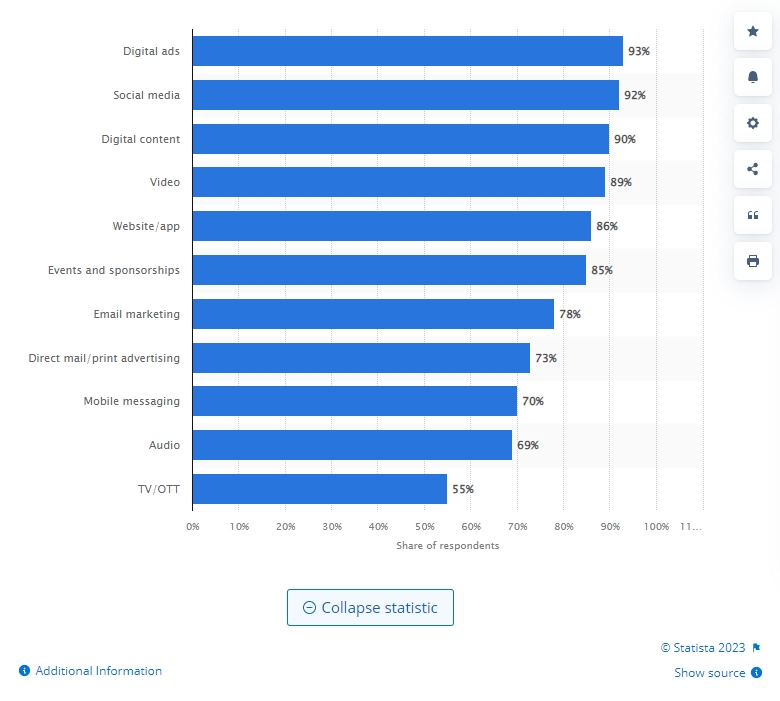Have you ever scratched your head while asking yourself how to get clients for your cybersecurity company? Good news – you’re not alone. There’s plenty of advice when it comes to getting new customers and learning how to win security contracts, but it’s easy to get overwhelmed. If you’re feeling a little lost, this guide is for you.

How Can I Promote My Cybersecurity Company?
Promoting your cybersecurity company is all about understanding who your target audience is. Who do you want to reach? Are they businesses or individuals?
Being able to answer questions like these can help you better understand exactly who your audience is and the most effective ways to reach them. From there, you can start crafting your message and determine which promotional tactics will be most effective.
For example, if you’re targeting businesses, you’ll want to create content and campaigns that target decision-makers and focus on the cost savings, security benefits, and other tangible benefits of your services.
Alternatively, if you’re targeting individual consumers, then you’ll want to focus on the personal security benefits and convenience that come with your services, and you may focus your attention on promoting your services on social media or via email.
For the sake of this guide, we will assume that you’re targeting businesses of varying sizes that need cybersecurity services.
How to Get Clients for Your Cybersecurity Company in 8 Steps
Getting noticed in the crowded space of cybersecurity can be challenging. However, with the right strategy, you can ensure your ideal clients notice your organization. Here are eight steps you can take to get clients for your cybersecurity company:
1. Organize Your Audience to Know Who to Target
It doesn’t matter if you’re new on the scene or have been in the industry for years. The first place you need to start when trying to get clients for your cybersecurity company is to take the time to understand your ideal client.
What makes the cybersecurity sector so different from other industries is that there are dozens of different verticals to target, each of which has a diverse audience to appeal to. That’s why it’s crucial that you understand precisely who your ideal customer is and what they’re looking for in a security provider. You need to take the time to nail this down to avoid falling into the trap of trying to sell your services to anyone and everyone.
If you haven’t already, then now is the time to start creating targeted buyer personas. These are highly detailed profiles of who you believe your ideal customer to be. Below are a few quick steps to help you get started.

Source: Fit Small Business
2. Take an ABM Approach
Once you’ve gotten to know your audience and understand who your ideal customer is, it’s time to put this information up a notch and adopt an ABM approach. Account-based marketing is an effective marketing strategy used by companies that want to focus their marketing efforts on a specific group of people.
This is the perfect approach for those in the cybersecurity industry because it allows you to cover multiple verticals yet keep your marketing efforts organized enough to target a specific group at a time. From there, you can further break down these groups into individual players and personalize your message to each of them.
3. Invest in a Good CRM
When trying to get new clients for cybersecurity companies, invest in a good CRM that will enable you to keep track of your leads, see which ones are most likely to become clients, and help you create targeted campaigns that will reach the right people at the right time.
A good CRM will allow you to segment your accounts and identify specific individuals within the accounts you should be targeting. This then lets you reach out and connect with them on a personal level. You can also use your CRM to track the success of these interactions, so you can tailor your efforts accordingly.
4. Get Active on Social Media
After you’ve taken the time to get to know who your audience is and who the key players are, you need to further your reach and develop brand awareness by getting active on social media. Studies show that social media is among the most effective ways for businesses to connect with their customers and increase brand awareness.

Source: Statista
When it comes down to reaching your B2B audience, platforms such as LinkedIn and Facebook prove to be the most successful platforms for B2B organic traffic. In 2022, approximately 96% of B2B marketers said that LinkedIn was their most effective channel, while 76% cited Facebook as their top channel.
5. Have a Website and Blog That’s Properly Optimized for Search Engines
While social media is a highly effective way to promote your brand and engage with your audience, you need somewhere to send them once they’ve engaged with you. That’s where having an optimized website and blog comes into play.
Your website is often your company’s first impression on potential clients. It provides a platform for your business to build authority and share information with your audience. However, you can have the flashiest website and still not see the desired results.
That’s where search engine optimization (SEO) is vital. There are dozens of SEO best practices out there to help ensure that you’re getting the most out of your website and blog content. Google even has a set of guidelines to help you optimize your online content to boost your search engine rankings.
6. Develop a Content Marketing Strategy
You can’t rely on SEO alone to promote your business. Content marketing is an essential part of your digital marketing strategy that involves creating and distributing content on your website, blog, social media channels, and other online properties to help you promote your business and reach your audience.
You want to make sure your content is designed to drive people to your business and provide them with valuable information that helps them solve a problem. This could be through a blog post about securing a network or a video on preventing a cyberattack.
7. Monitor Your Marketing Metrics
Of course, you don’t want to put out content for the sake of it. You want to attract the right audience and convert them into paying customers. To do this, you must pay careful attention to your marketing metrics.
From content engagement metrics to B2B conversion metrics, you can use several different metrics to evaluate the success of your marketing campaigns. You must carefully define what “success” means and then use the corresponding metrics to determine how well your marketing efforts perform.
8. Adjust Your Marketing Strategy As Needed
Once you’ve outlined which marketing metrics you’ll use to evaluate the success of your campaigns, it’s time to review the data you’ve collected and determine whether you need to adjust your marketing strategy or if you’re on the right path.
Understand that no strategy will be successful 100% of the time. As your business grows and your audience’s needs change (and they will), you’ll need to adjust your marketing strategy accordingly. If you don’t, you’re showing your audience that you’re a one-trick pony, and they’ll quickly find another business to purchase their software from.
Let Hushly’s Account Based Experience Tools Help You Get More Clients for Your Cybersecurity Company
It can be hard to know where to start if you’re still new to the account-based marketing (ABM) game. Here at Hushly, we help companies like yours create account-based experiences that target specific accounts and help you create targeted, personalized content and campaigns that will help you win more cybersecurity contracts.
Curious how Hushly can help you create better account-based experiences? Schedule a demo with us today.




